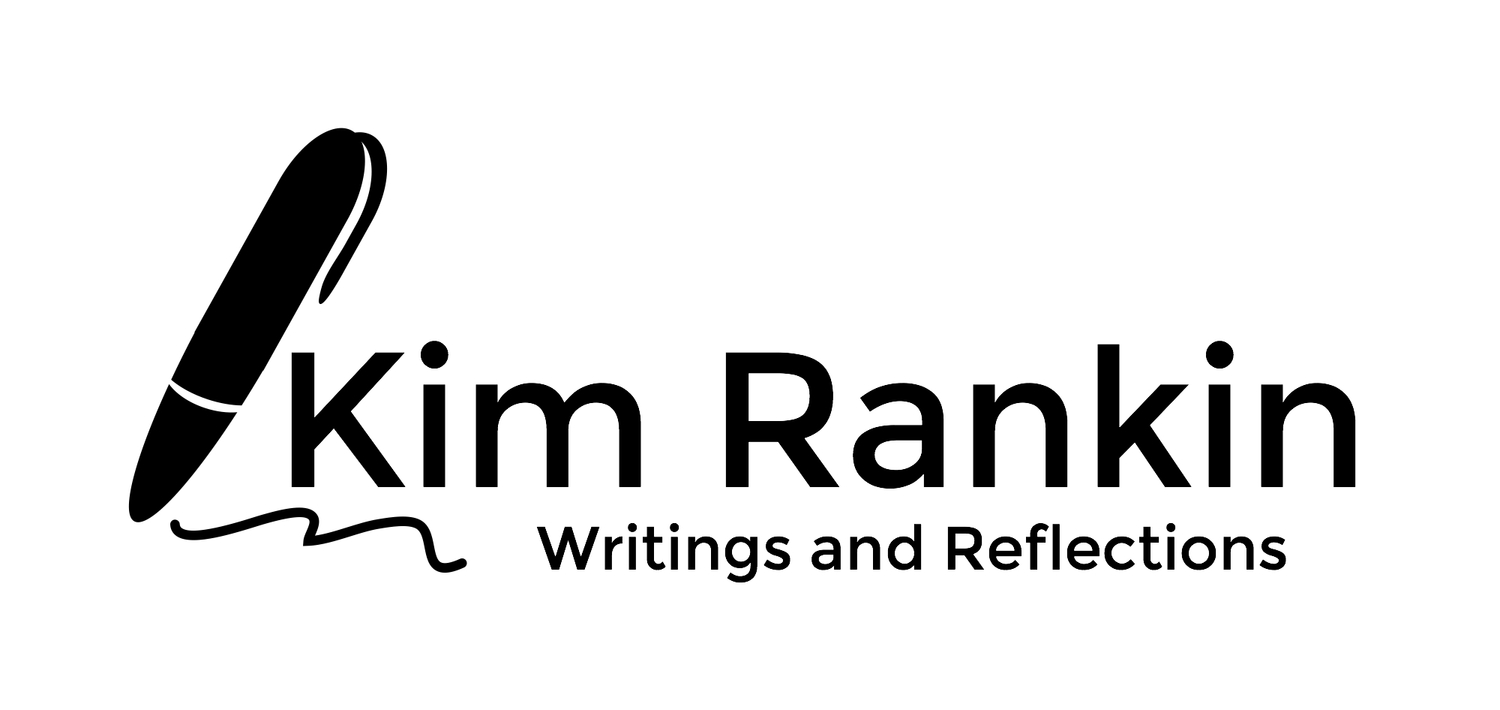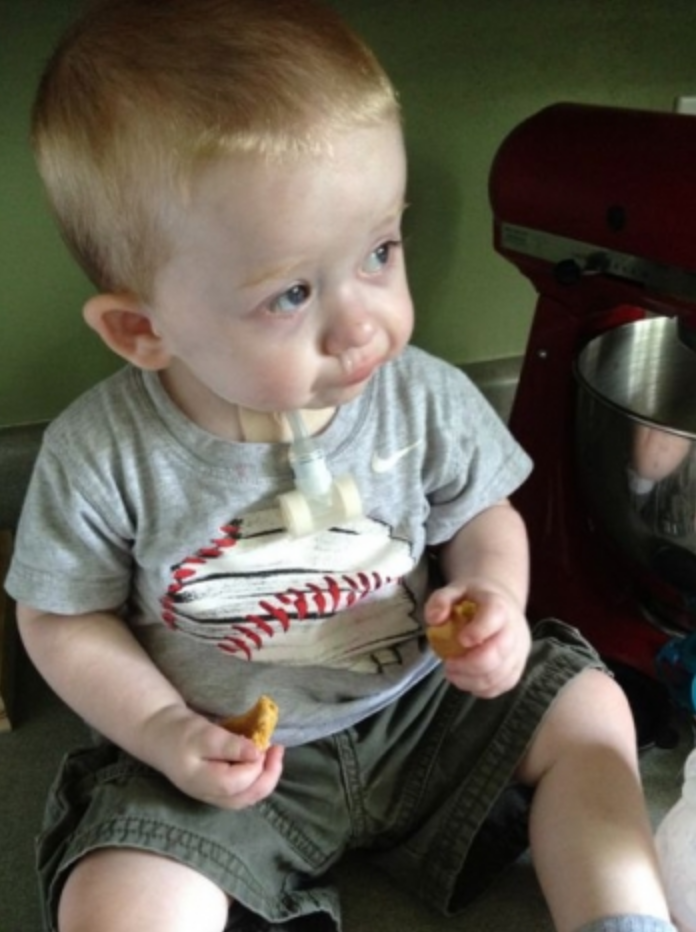Warning: This probably should have been two or three separate posts over the last few weeks. But here we go... a lengthy update on where we are with augmented communication for Nathaniel. The reward is at the end - videos!
Nathaniel and I had our first difficult mother-son conversation a few weeks ago. Well, in reality I was talking; he was not. That was what made it difficult.
We were sitting on the kitchen floor with animal magnets going over the names of the animals and their sounds. We were both laughing and smiling when I noticed he was trying to imitate me by shaping his lips to make the monkey sound. He formed almost a perfect little pucker O, but made no sound. It occurred to me that I have no idea what Nathaniel thinks about the fact that he can not make verbal sounds. How does he understand that? It also occurred to me that while I talk to therapists and doctors and nurses and family members and friends about Nathaniel's congenital trachea abnormalities and inability to speak, often in front of him; I have never spoken to him about these problems.
There was something about his sweet little upturned face and trusting eyes looking deep into mine that demanded honestly.
"Nathaniel," I said. "You can't talk."
This was an in-the-moment conversation, not a planned one. I did not think ahead about the impact those words would have on my heart. Verbalizing the truth to him directly was hard. I immediately felt a tightness in my own throat. Despite the fact that we have been at a functioning level of this news his whole life, it sounded harsh and scary and in many ways like a brand new reality. "There is something wrong with your airway and the part of your body that makes sounds," I continued. The next words came out as naturally as if we were talking about my need to provide him a step stool so he could reach the bathroom sink to wash his hands. "But Mommy will help you find a way to talk, I promise."
Mommy will help you find a way to talk. That was a big promise.
I shared the refrigerator magnet moment with Nathaniel's speech therapist. I shared that in the past two months, he has double the number of words he understands. I shared the research I had done on communication apps and the one I preferred. It is a bit scary putting so much effort into thinking about and solving my son's problems. In one or two sentences, even a word, a therapist or doctor can discredit my layman's understanding of the subject and elevate the experts' studies and testing. Current trends in augmented communication does not encourage putting a dynamic communication device into the hands of a twenty-month old. In fifteen years, doctors and therapists will have fully studied today's technology and probably have recommendations and articles published in journals. Recommendations that might include putting a dynamic device in the hands of a twenty-month old. Fifteen years will be too late for Nathaniel. Five years will be too late.
Thankfully, Nathaniel's speech therapist listened well and saw the eagerness in my heart to help my child. She gave her blessing that we offer Nathaniel a dynamic device now and include it in our multi-model approach to communication.
Nathaniel studying the Speak For Yourself app fully open in babble mode.
We have chosen Speak for Yourself (SFY) on an iPad mini for a variety of reasons; some that would just fall under mother's intuition. I suspect future blog posts will explain this app specifically and my reasons, but right now I am eager to share how things are progressing.
The first week I started modeling the words "eat" and "drink" at meal times. Then we learned Nathaniel is aspirating and we stopped all oral feeds and I needed to start again with the app. The SFY user group on Facebook shared some helpful tips about non-food ways to motivate a child to use their talker. (The collective set - iPad and app - is Nathaniel's talker.) Last week I started modeling 'go' on our daily walks. I stop the stroller. Press the buttons for 'go' on the talker and then walk again. I modeled for days and then offered hand over hand assistance for Nathaniel to push the buttons. And then I simply waited and encouraged verbally. He has done well. This evening Rich helped me get a video of Nathaniel's saying 'go' on a walk.
Below is a video clip I took just this morning. It is long, almost two minutes and the quality poor. But it is worth watching if you have the time because it shows what it is like teaching Nathaniel to use his talker. He resists using it for most of the video. The easier communication options are breathing extra hard or stomping his feet or diverting attention from the task I am asking of him. From previous observation I know he can activate the buttons for 'go' accurately so I wait.




